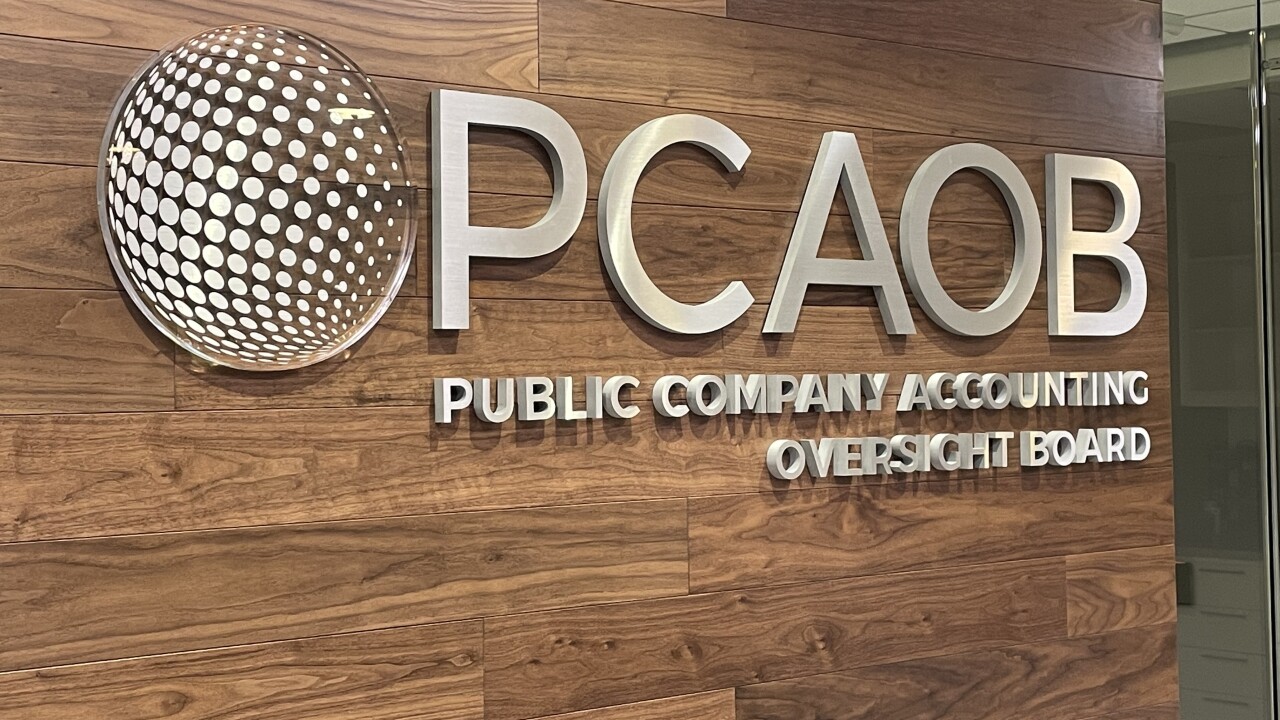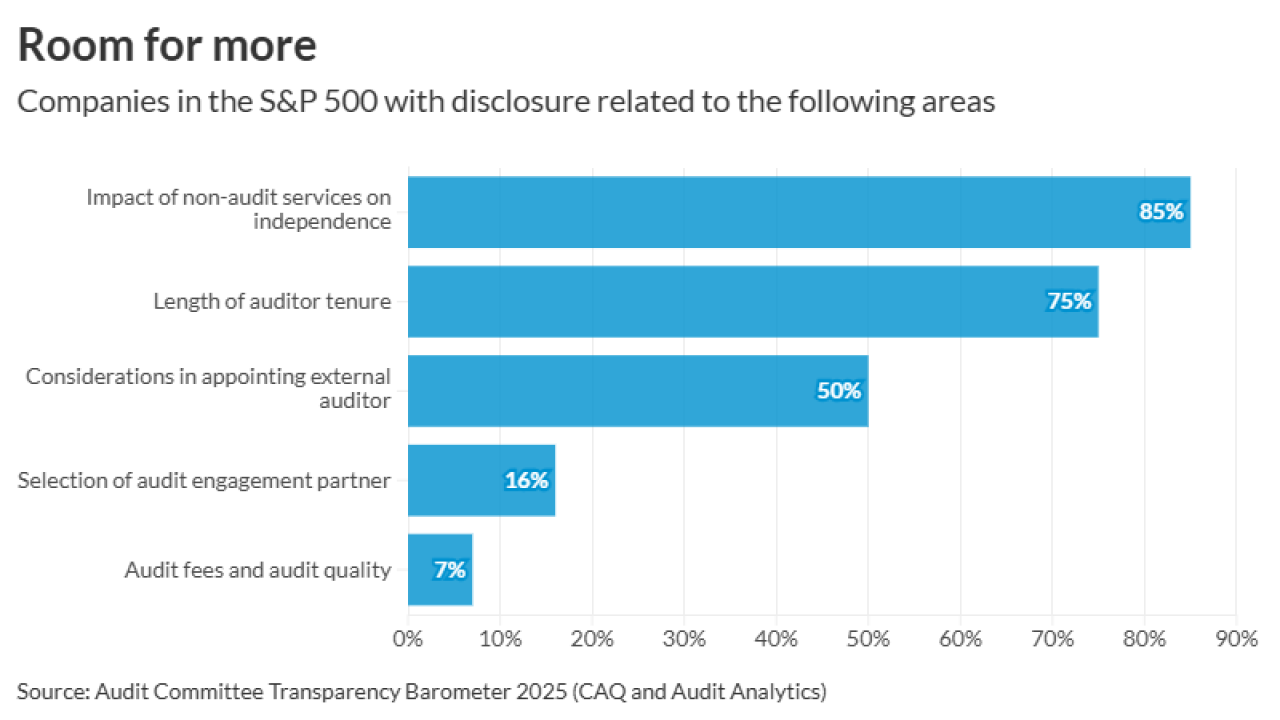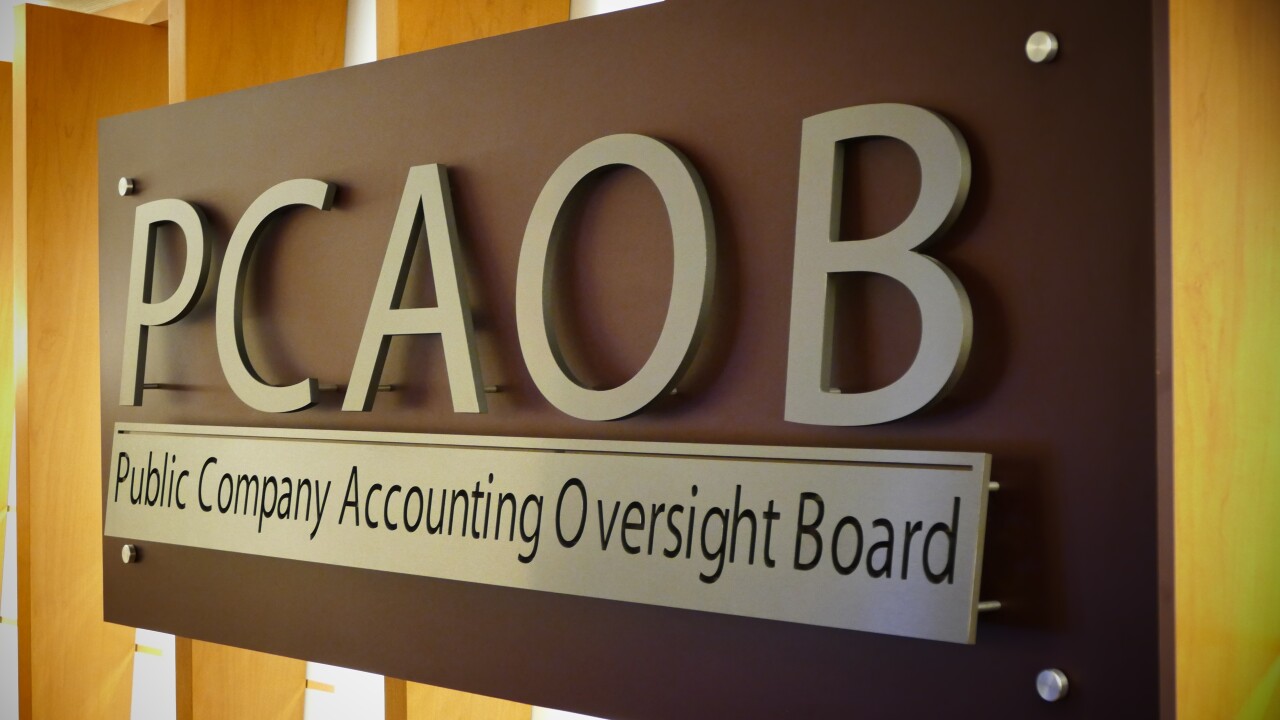The old saying goes: The only certainties in life are death, taxes, and change. Unsurprisingly, all three are in play with the enactment of the One Big Beautiful Bill Act, a sweeping piece of federal tax legislation that touches multiple stages of the M&A lifecycle.
For accounting professionals serving private equity clients, the OBBBA's provisions represent more than incremental tax adjustments, as they shape how transactions will be structured, financed, and modeled going forward. Below is an overview of the key OBBBA tax policy changes and what they mean for advisors supporting PE sponsors and their portfolio companies.
1. Interest deductibility: Section 163(j)
What changed: The OBBBA permanently reverts the adjustable taxable income calculation back to an EBITDA base, replacing the EBIT standard in place since 2022.
Starting with tax years after Dec. 31, 2024:
- Taxpayers can deduct interest expense up to 30% of ATI calculated using EBITDA.
- The law clarifies that interest required to be capitalized under other code sections does not reduce the 163(j) limitation. Such capitalized interest will still be added to the basis of the underlying asset but won't eat into the deductible interest cap.
Why it matters for advisors:
- Leverage modeling becomes more favorable: For leveraged buyouts, dividend recapitalizations, and growth financings, EBITDA-based ATI significantly increases deductible interest capacity, improving post-tax cash flows.
- Alignment with financial reporting: The exclusion of capitalized interest from the 163(j) calculation creates a cleaner reconciliation between book and tax calculations and simplifies modeling and compliance.
- Election planning: Consider whether to elect out of Sec. 163(j) for certain businesses. Evaluate whether electing out interacts with depreciation methods (e.g., ADS depreciation rules that come with the election).
- Transaction structuring: Leverage pushdown and internal debt arrangements may now be more valuable under the expanded limitation. Consider how this affects tax sharing agreements in consolidated or roll-up structures.
2. Bonus depreciation and asset expensing: Section 168
What changed: The OBBBA makes 100% bonus depreciation permanent for qualified property placed in service after Jan. 19, 2025. This covers:
- New and used tangible property with a recovery period of 20 years or less.
- Certain domestic nonresidential real property used in "qualified production activities."
Why it matters for advisors:
- Tax basis step-up planning becomes more valuable: Buyers can now immediately expense eligible assets, increasing net present value of tax benefits.
- Negotiation leverage: Buyers may be more willing to gross up sellers to secure a step-up in basis because of the permanent 100% deduction.
- Industry impact: Capital-intensive sectors such as industrials and manufacturing stand to benefit disproportionately. Accountants should help PE clients model after-tax returns to identify where this increased expensing can drive valuation premiums.
- Deal structure considerations: Asset deals or Sec. 338(h)(10) elections may be favored more frequently when tax basis step-ups create significant cash tax savings.
- Election flexibility: Taxpayers can elect out of bonus depreciation on a class-by-class basis. Electing out may be desirable to align depreciation with financial reporting, manage tax attributes, or preserve NOL usage based on client modeling.
3. QSBS expansion: Section 1202
What changed: The OBBBA expands Internal Revenue Code Sec. 1202 qualified small business stock benefits:
- Gross asset threshold increased from $50 million to $75 million.
- Lifetime per-holder gain exclusion cap increased from $10 million to $15 million.
- A graduated exclusion schedule was introduced, with 50% exclusion for stock held more than three years; 75% exclusion for stock held more than four years; and 100% exclusion for stock held more five years
Why it matters for advisors
- More companies qualify: With the higher asset threshold, an expanded universe of portfolio companies can now meet QSBS eligibility.
- More flexible exit planning: Graduated exclusions create liquidity planning options even before the five-year mark.
- Entity consideration: Advisors should make sure entity type, formation structure, and capitalization are QSBS-compliant from inception. Monitor redemptions and equity transfers carefully to avoid tainting QSBS eligibility.
For CPA advisors, this is a prime area to add value through early-stage planning by evaluating eligibility, entity type, capitalization structure, and shareholder base. Proper documentation and compliance at formation and throughout the holding period can translate into very meaningful tax savings on exit.
4. R&E expensing: Section 174A
What changed: The OBBBA adds Internal Revenue Code Sec. 174A, restoring 100% immediate expensing of domestic research and experimental expenditures. This reverses the Tax Cuts and Jobs Act rule requiring five-year amortization of domestic R&E costs.
Taxpayers may:
- Immediately deduct qualifying domestic R&E expenditures.
- Accelerate previously capitalized amounts over one or two years.
- Certain small businesses can retroactively deduct prior amortized R&E expenses.
Why it matters for advisors:
- Improved after-tax cash flows: For R&D-intensive portfolio companies, this accelerates tax benefits, aligning better with operational cash cycles.
- Advisory opportunity: CPAs can help PE clients assess retroactive deductions, model tax benefits, and coordinate timing of deductions with transaction planning.
- Elections available: There is an ability to elect retroactive expensing for prior years for certain taxpayers, potentially generating refunds or offsetting gain on sale. Additionally, an election is available to continue five-year amortization for taxpayers wanting to smooth taxable income over time. Election mechanics may vary by taxpayer size and filing status, and careful advisor input and modeling will be required.
5. QBI Deduction: Section 199A
What changed: The OBBBA makes permanent the Internal Revenue Code Sec. 199A qualified business income deduction for passthrough business income and expands its accessibility through:
- Higher income thresholds before phaseout: for 2025, joint filer phase-in increases from $364,200 to $500,000.
- A minimum "floor deduction" of 10% of QBI for eligible active businesses, even for owners above the phase-out range.
Why it matters for advisors:
- Predictability: Permanence removes uncertainty in modeling passthrough entity structures.
- Broader applicability: More portfolio companies will qualify for meaningful deductions, increasing after-tax returns.
- Entity selection: Advisors can help evaluate C corporation versus passthrough structures for platform investments in light of these incentives.
What the OBBBA did not change
The legislation maintained several existing tax rules that matter in PE deal modeling:
- The 21% federal corporate income tax rate remains unchanged.
- Federal PTET deductibility preserved.
- The carried interest rules were left intact.
These constants help maintain existing tax planning frameworks, even as other parts of the law shift.
Conclusion
The OBBA offers an opportunity for strategic planning across the business landscape. Private equity investors stand at the forefront of clients prepared to take advantage of the new law. For public accounting professionals, this represents a clear opportunity to move beyond compliance and provide transaction-level advisory that directly impacts deal economics.
By helping PE clients navigate the expanded interest deduction base, permanent bonus depreciation, enhanced QSBS benefits, R&E expensing and QBI incentives, advisors can position themselves as critical partners in driving post-tax value creation.
The firms that adapt quickly will be best positioned to guide clients through this new landscape with confidence and precision.





